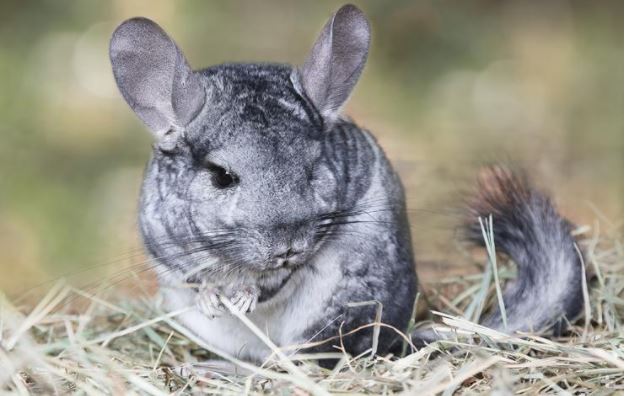BY PRISHA RATHORE
STAFF WRITER
The chinchilla is a small rodent that is commonly found with gray fur, and with “velvety rounded ears” (San Diego Zoo). There are two types of chinchillas, domestic, and wild chinchillas. Wild chinchillas live in herds that contain 100 animals; Surprisingly when chinchillas have kits, male chinchillas can help raise them. Also, when kits are abandoned, “another female may come and rescue [the kits] and feed [them] (San Diego Zoo). The long-tailed and short-tailed chinchillas are two different chinchilla species. Sadly, Chinchillas are endangered and their numbers drop day by day.
Wild chinchillas live in the Andes Mountains in South America. In the 1700s, Chinchilla fur became popular, so they were hunted. “Fur traders even used dynamite to destroy their burrow systems, which also annihilated many of the animals” (San Diego Zoo). Chinchillas first appeared in the US because of an engineer named Mathias F. Chapman. In 1920, with permission, he transported 11 chinchillas into the US. “It is thought that nearly every chinchilla in the US today is a direct descendant of the 11 founder animals” (San Diego Zoo).
Domestic chinchillas are twice as big as wild chinchillas since they were selectively bred for 100 years. “The chinchilla is related to guinea pigs and porcupines” (San Diego Zoo). They are very agile creatures and can jump a distance of six feet. They are also unable to pant or sweat. An adorable fact about them is that they sit upright like a kangaroo while eating food. Male chinchillas are actually smaller than females.
Chinchillas live in rock crevices or in burrows. They can live in altitudes up to 16,000 feet! They are folivores and granivores, so they eat leaves and grains. “Their diet changes seasonally, its most common food being the Chilean needlegrass” (San Diego Zoo). Cactus and other succulent plants are its main water source. Chinchillas bathe to keep themselves clean, but they don’t bathe in water; they bathe in dust!
Domestic chinchillas have a whole different life. They eat pellets regularly along with hay. They hate being too hot and should never be in a room that exceeds 80°F. They are nocturnal so you can play with them during the night but they will be sound asleep once day arrives. They require a dust bath two times a week. PetCo says that they can be cuddled and carried but their rib cage is weak so be careful while holding them.
Chinchillas are overall very interesting animals. You can even get them as a pet! You are welcome to talk to a breeder if you want to get a chinchilla of your own!
Works Cited
